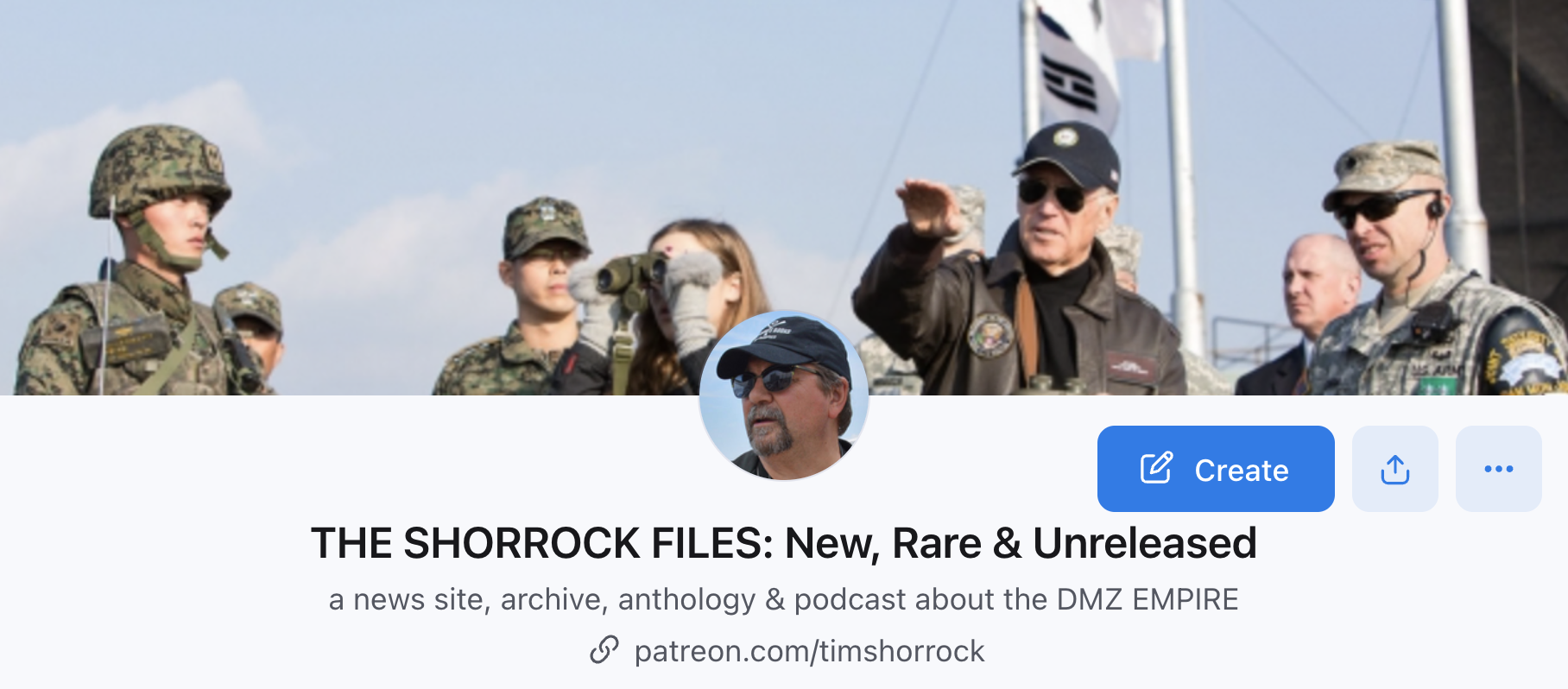 A few days ago I started getting requests on Twitter to comment on the WikiLeaks documents about TrapWire, a potentially frightening surveillance program developed by a company called Abraxas that was started by former CIA officers in 2001 and later sold to Cubic Corporation.
A few days ago I started getting requests on Twitter to comment on the WikiLeaks documents about TrapWire, a potentially frightening surveillance program developed by a company called Abraxas that was started by former CIA officers in 2001 and later sold to Cubic Corporation.
Reports about the system had suddenly gone viral on the Internet, with stories appearing in all kinds of publications, from the New York Times to Business Insider to Gawker. Much of the reporting was highly speculative, and leaned heavily on the contractor emails, primarily from the private intelligence contractor Stratfor, released by WikiLeaks. My first response was to go back to the Abraxas website and see what I could find, and some information there – including the company’s list of former spooks in its employ and its recent NSA job openings – seemed pretty significant.
But then I started getting messages quoting from my 2008 book SPIES FOR HIRE – and upon reading my chapter on Abraxas, I discovered I’d written about TrapWire four years ago – which means I have a little catching up to do.
So far, the best piece out on TrapWire comes from Noah Shachtman of Wired’s Danger Room, and I highly recommend his work (and not just because he quotes your’s truly). Meanwhile, I‘m still trying to figure out the significance of the TrapWire system and how extensive it might be. As I told Shachtman and a reporter for the Times, I think TrapWire certainly fits the pattern of the global surveillance net that has been cast by NSA (and was described in excruciating detail in Wired and other publications by three courageous NSA whistleblowers). At the same time, I’m extremely skeptical of claims made by contractors about their systems, even in “secret” emails that were never intended to see the light of day. There’s lots more to be done reporting-wise, I believe, before we can say definitively what TrapWire is all about.
But I have done considerable work on the contractor Abraxas, and earlier today the intelligence website Cryptome posted a profile of Abraxas I prepared in 2008, along with the section of my book about the company. Posted below is that profile, which I will try to update soon. Meanwhile, you can click here and scroll down for the PDF section of my book.
ABRAXAS CORPORATION (Date created: 2009 Updated: 2012)
Abraxas (owned by Cubic Corporation) was created after the September 11, 2001 terrorist attacks on New York City and Washington, D.C. to national security agencies with “risk mitigation technology” and software. Its primary government client is the CIA. It also provides private intelligence services to multinational corporations, private equity funds, and financial institutions. In 2007 it won notoriety within the intelligence community when it was discovered that Abraxas personnel were recruiting executives inside the CIA cafeteria.
Abraxas was founded by its CEO, Richard “Hollis” Helms, a 30-year veteran of the CIA who retired from the agency in 1999. Helms had served the CIA for 12 years overseas, mostly in the Middle East. He was also head of the National Resources divisions of the Directorate of Operations, which is responsible for the directorate’s US activities. In the months after the 9/11 attacks, Helms began taking notice of the many retired intelligence officers who were being hired by defense contractors. “Most contractors did not understand the uniqueness of the problems, nor the potential these people represented,” he said in a 2005 interview with Entrepreneur Weekly. “So I seized the moment, because I could identify extraordinary people who were available.” On its Website, Abraxas describes its services as follows:
Abraxas draws upon cutting-edge technologies to create customized software solutions to fit the needs of our clients. …At Abraxas, we solve the most complex mission-critical technical problems faced by our customers with innovative solutions. Abraxas’ end-to-end software and system development engineers are committed to the client’s mission, and deliver customer support that exceeds expectations. …Abraxas is a leader in the design and development of multilingual data warehouse projects of over one billion records. We exploit complex databases to ensure that customer data is both protected and accessible, allowing efficient analysis across native-language applications. We have the expertise to design, implement, operate and maintain the entire data warehouse stack including: hardware design, physical and logical database implementation, data management, and analytical tool implementation..Abraxas develops and deploys trusted content management systems in support of the U.S. Intelligence Community.
Abraxas is a $65 million company with more than 200 former intelligence officers on its payroll. CEO Richard Helms describes it as “the largest aggregate of analytical counter-terrorism capabilities outside of the US government.” Many Abraxas employees work as contractors in CIA stations overseas and desk positions in CIA headquarters in Langley, VA. Indeed, Abraxas enticed so many CIA officers to leave the agency for better paying contractor jobs that, in 2005, CIA Director Porter Goss asked it, and a few other companies, to stop recruiting in the CIA’s Langley cafeteria. (In a 2007 comment, reportedly directed at Abraxas, CIA Director Michael Hayden remarked that the CIA had become a “farm system” for contractors.)
Helms, Abraxas’ founder, tapped into a rich vein of intelligence talent to grow his company. Abraxas’ first president was Richard Calder, the CIA’s former deputy director for administration. In 1999, Calder set a precedent at the CIA by bringing in PricewaterhouseCoopers, the global accounting firm, to help the CIA adopt “business-like procedures and to analyze CIA products and services for potential outsourcing from other intelligence agencies. Other key executives include: Barry McManus, Abraxas’ vice president of “deception detection services,” who was the CIA’s chief polygraph examiner for 10 years, and served in “worldwide operational activities” during his 30-year career with the agency; and Terry Wachtell, who put in 22 years at the CIA “working against narcotic, terrorist and hostile intelligence service targets,” according to Abraxas’s website.
Abraxas was first identified as a CIA contractor by James Bamford, the author of several books about the National Security Agency. In 2004, he reported in the New York Times that Araxas had hired former head of the CIA Directorate of Intelligence’s South Asia Group, Mary Nayak, as a consultant to the CIA group that reviewed pre-9/11 intelligence.
Recent contracts/events:
- In September 2006, the Los Angeles Times blew the cover on one of the company’s most sensitive projects – crafting “covers,” or false identities and front companies, for the agency’s nonofficial cover (NOC) program. The outsourcing of one of the CIA’s most sensitive and dangerous tasks was seen as a startling development for the agency. Officers in the NOC program – such as Valerie Plame, whose official cover, until she was outed, was as an energy specialist for the fictional law firm Brewster-Jennings & Associates – operate overseas without diplomatic immunity and face possible prosecution and worse if captured by a hostile government. Abraxas had obtained the work, the Times said, after the CIA faced pressure to devise “more imaginative cover arrangements that might give operatives closer access to terrorist networks.” It’s unclear whether Abraxas still holds that contract.
- In February 2008, Abraxas announced that Alan Wade, the former chief information officer of the CIA, would join the Abraxas advisory board. According to an Abraxas press release, Wade had spent 35 years with the agency and retired to private practice in 2005. “Alan’s assignments at the CIA involved technical programs in the United States and overseas, principally in the areas of telecommunications and technical security. During the last 15 years of his government career he held a series of executive positions, including the director of communications, director of security, and chief information officer,” Abraxas said. Other members of the Abraxas advisory board include Tom Ridge, the former governor of Pennsylvania and the first secretary of Homeland Security; Army General John Gordon, the former deputy director of the CIA; and former Federal Judge Eugene Sullivan, the former general counsel to the National Reconnaissance Office (NRO).
- In 2010, Abraxas was sold to San Diego-based Cubic Corp.
